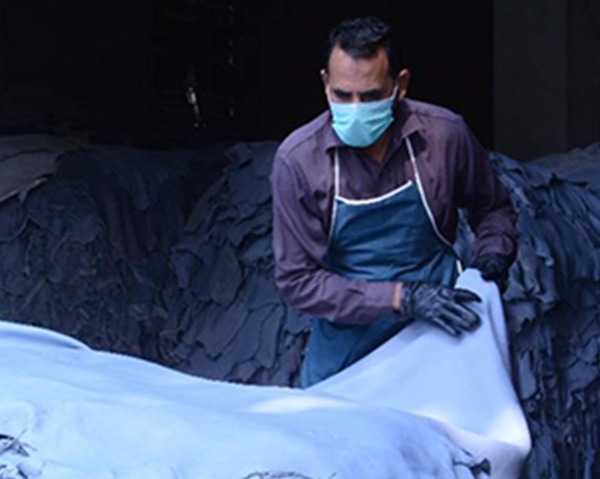Grading is one of the most sensitive stages of quality control in Iran’s leather industry, carried out after the tanning process has been completed. At this stage, each piece of leather is carefully and skillfully examined by expert assessors to determine its proper quality category based on structural and visual characteristics, ensuring suitability for different applications. This process not only guarantees the quality of the final product but also plays a crucial role in optimizing raw material utilization and minimizing waste.
After tanning, leathers in Iranian workshops and factories undergo a multi-dimensional evaluation. The criteria assessed include thickness, softness, uniformity of texture, the natural grain pattern (leather surface), flexibility, tensile strength, and the presence or absence of natural defects. Defects such as livestock scars, insect bites, scratches caused by grazing, perforations, or traditional branding marks all influence the grading of leather.
In Iran’s leather industry, premium hides and first-grade leather—often sourced from livestock in nomadic areas or controlled farms—are highly valued for their uniform structure and beautiful natural grain. These hides are mainly allocated to the production of luxury items such as export-quality handmade bags, fine leather shoes, and high-end leather garments. Hides with some surface imperfections are generally designated for products where the surface is coated, heavily dyed, or textured—such as furniture upholstery, automotive interiors, or industrial leather goods.
The skill of Iranian master tanners plays a decisive role at this stage. In many traditional and industrial workshops, grading is still based on visual inspection and direct tactile assessment. However, some advanced facilities also employ modern technologies such as optical scanning systems, high-resolution cameras, and digital thickness gauges to enhance evaluation accuracy. The integration of traditional expertise with modern technology has positioned Iranian leather as highly consistent and reliable, earning it a distinctive place in global markets.
Key advantages of the grading process in Iran:
- Selection of leather based on precise structural and visual criteria
- Identification of natural defects caused by livestock conditions and climate
- Specialized categorization tailored to target markets and product types
- Integration of artisanal expertise with modern equipment for improved accuracy
- Reduction of waste and optimization of the production chain
- Maintenance of high quality standards, reinforcing the global reputation of Iranian leather brands


No comments yet.